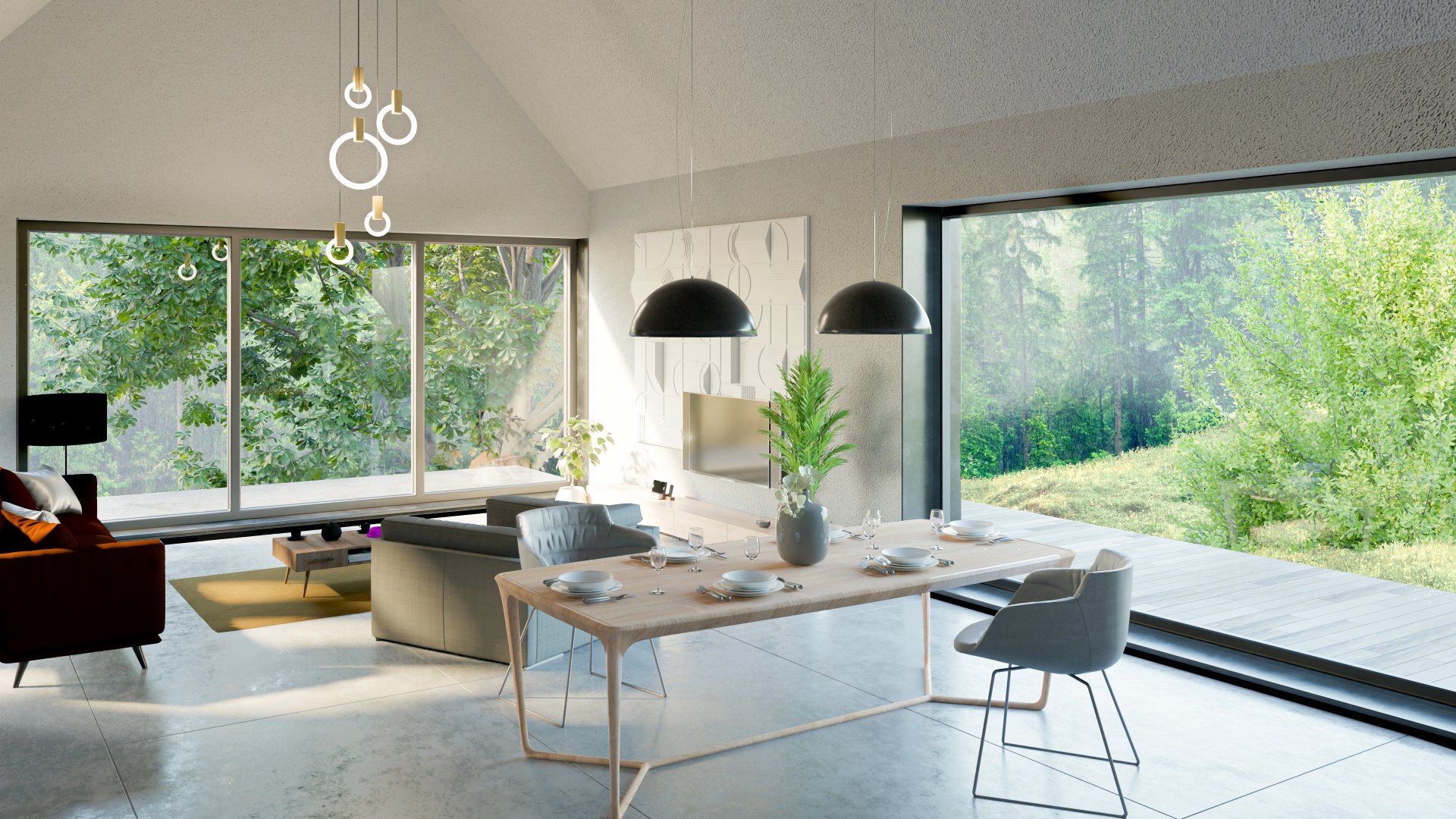Green Living: Designing Sustainable Homes for Modern Living
Making more of less

Efficient use of space and energy is a crucial aspect of sustainable home design. By maximising usable space and reducing wasted space, homeowners can create a more eco-friendly and cost-effective living environment. As architects, we often step back from the configuration of the existing house when considering a remodel and look at what might be a more efficient and effective layout in the context of the proposed extension and refurbishment. Reshaping the current home can frequently accomplish much of the client's brief, negating the need for a large extension.
It is important to consider both the environmental and economic benefits of sustainable design. While safeguarding the environment is crucial, the decision to implement sustainable design practises may ultimately come down to affordability. Fortunately, many sustainable design strategies can also provide economic benefits, such as reduced utility costs and increased property values, which in the long term will provide payback.
The specification of construction materials is also a critical consideration. Eco-friendly materials such as bamboo, recycled steel, and reclaimed wood can reduce the home's environmental impact while creating a healthier indoor living environment.
Overall, sustainable home design is a holistic approach that considers the environmental, economic, and social impact of the home. By incorporating energy-efficient technologies, eco-friendly materials, and innovative design strategies, we assist homeowners in creating comfortable, modern living environments that are both cost-effective and eco-friendly.
Articles










